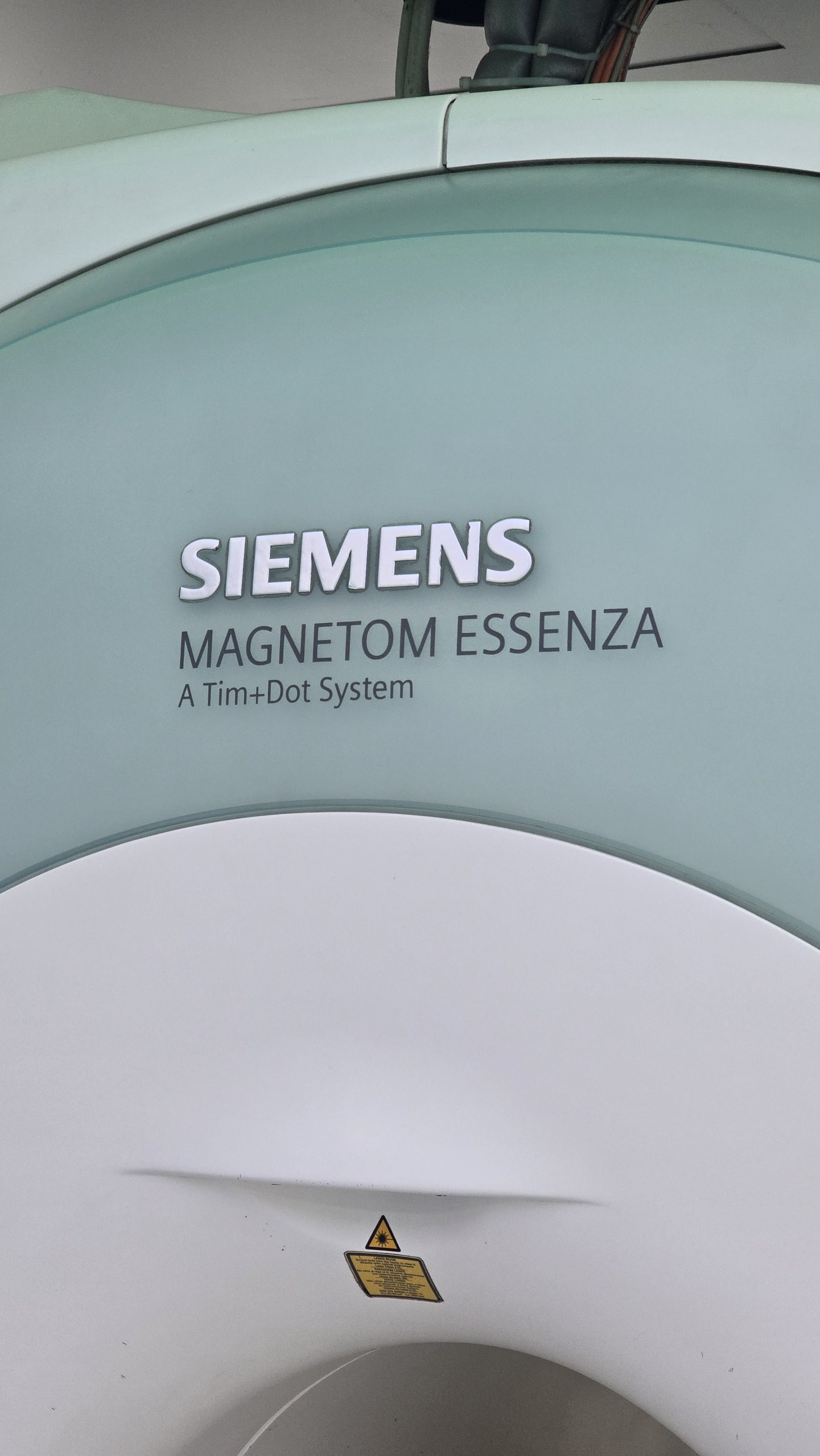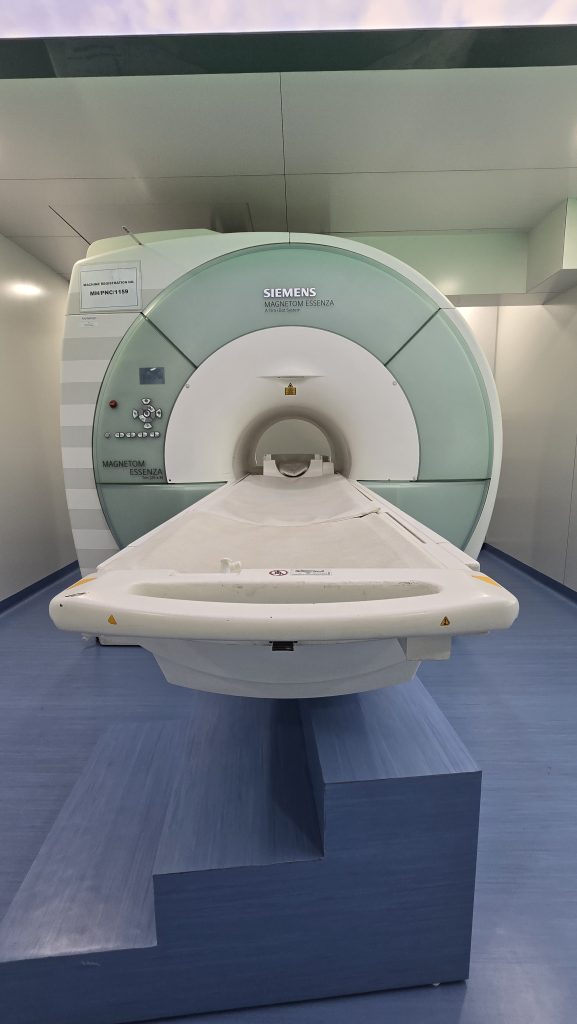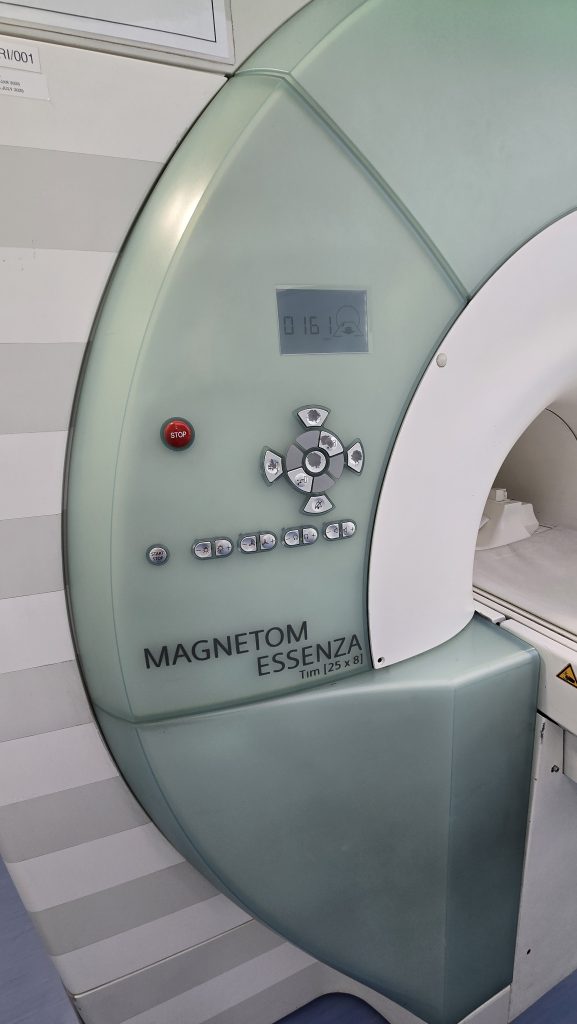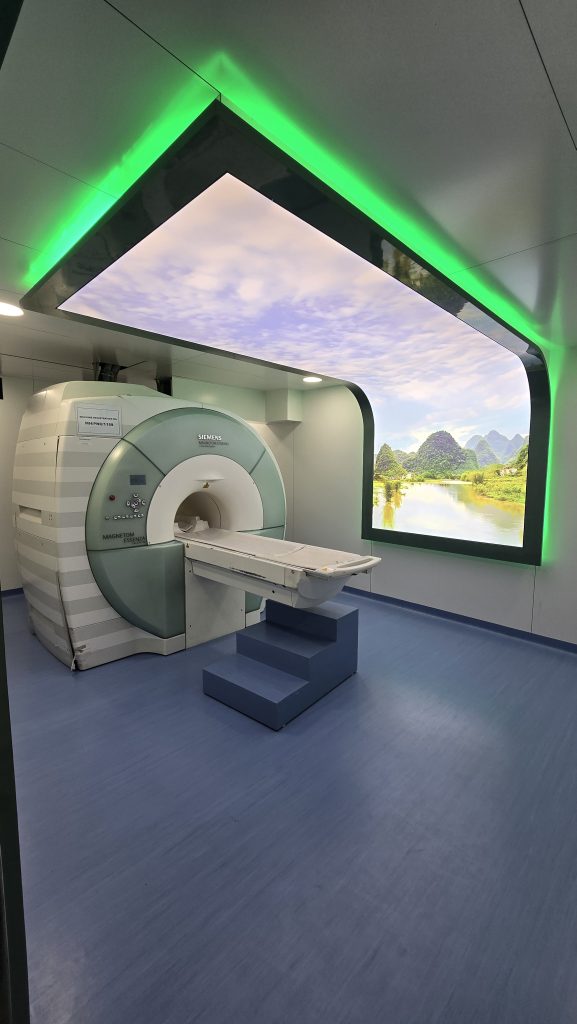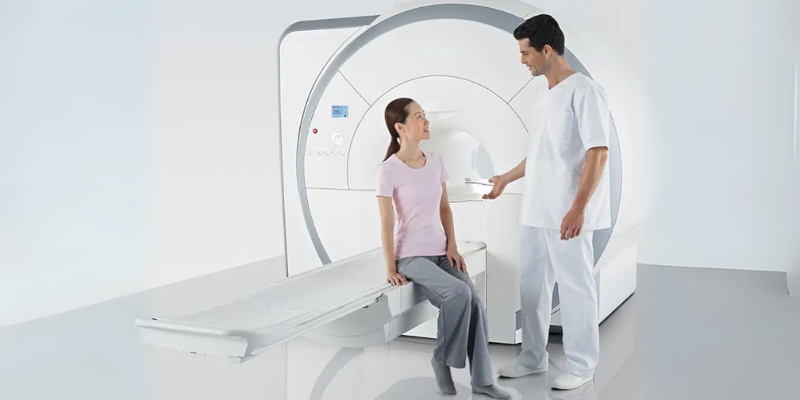
Your bodily components can be shown in photos on a CT scan. If necessary, a little quantity of dye may be injected into an arm vein during scanning. After a few days, this colour departs your body.
Before the test, inform the staff of any food, medication, or other allergies you may have.
Before the test, let the personnel know whether you are pregnant or suspect you may be.
Get to your test on time. Give yourself an additional two hours to consume the liquid dye if you are undergoing a scan of your pelvis or abdomen (stomach).
For four hours before to the test, refrain from eating or drinking anything, including water. In some cases, we could need intravenous medications. You can take sips of water with your medications.
As necessary by the examination, you must consume 600–1000 ml of liquid containing dye within a certain time frame if you are having a pelvic or abdominal (stomach) scan. You will receive guidance for the same from the personnel. You will lie on a table while wearing the center’s gown. An intravenous (IV) cannula is inserted into your arm vein. When dye is injected into your IV, you can experience a brief flush. During the scan, remain still. Sometimes you can be instructed to hold your breath. Between scans, the table shifts a little.
You can resume your regular activities and diet. You can have some loose stool after a pelvic scan because of the beverage you drank. The centre can compile the results or, if you like, send them to your physician. You will be informed of the results by your physician.
At New Medical Imaging, we provide the most up-to-date interventional radiology treatments, which enable us to use less intrusive methods to effectively identify medical issues. We have a great deal of expertise doing operations including joint injections, spinal injections, thyroid fine needle aspiration, and breast fine needle aspiration biopsies.
A CT scan can be used to determine atypical anatomy to help doctors perform a biopsy, to diagnose and track a variety of disorders including tumours or infections, to check for damage following a catastrophic accident, and to assist plan treatment like surgery or radiation therapy.
